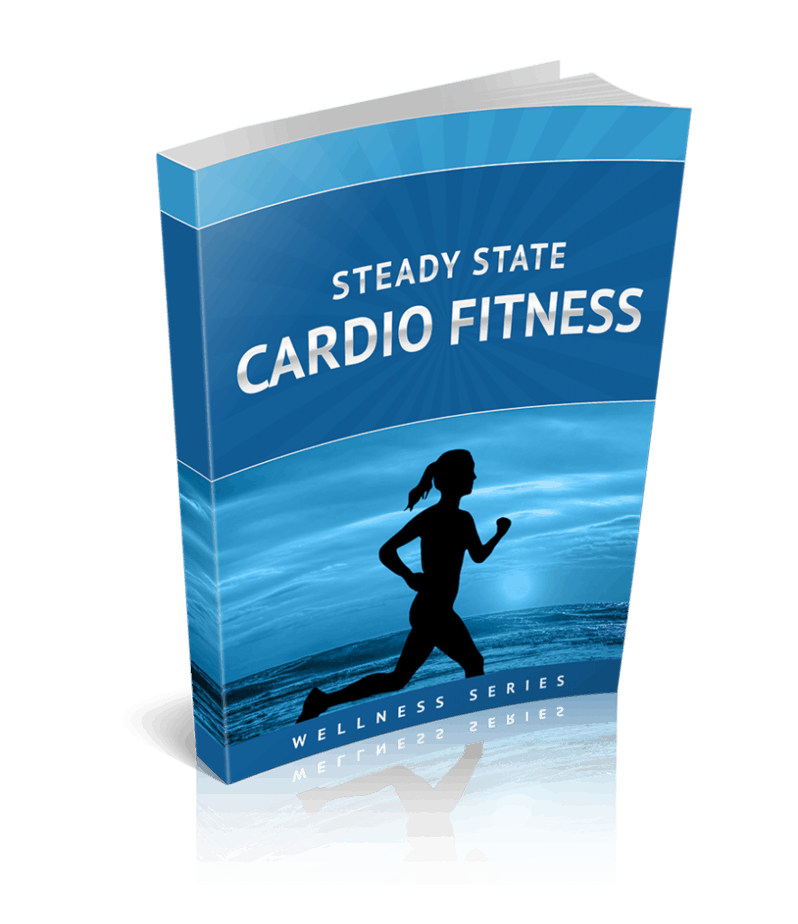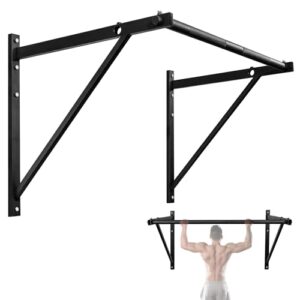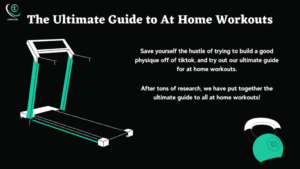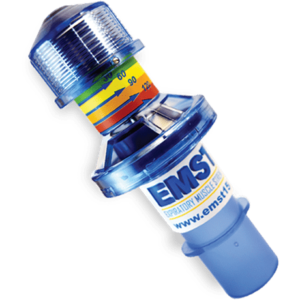Steady state cardio is a form of aerobic exercise performed at a consistent pace. It maintains a target heart rate zone for an extended period.
Engaging in steady state cardio is a common strategy for those aiming to improve cardiovascular health and endurance. Whether you’re hitting the pavement for a long-distance jog or cycling at a deliberate cadence, this moderate-intensity workout is all about maintaining a solid, unwavering effort.
Traditional examples include running, swimming, cycling and rowing, all activities that can be sustained over time without significant fluctuations in speed or effort. As a key component of many fitness routines, this type of exercise can be highly effective for burning calories, managing stress, and building aerobic capacity. Embracing steady state cardio can lead to numerous health benefits while providing a foundation for a balanced and diversified exercise regimen.

Credit: www.buyqualityplr.com
Steady State Cardio Unveiled
Steady state cardio stands as a trusted friend to many fitness enthusiasts. It’s the rhythm of movement kept consistent over time. Imagine the hum of a car cruising on a highway; that’s your body during steady state cardio. We’ll explore what it means to define the pace and how it differs from its energetic cousin, High-Intensity Interval Training (HIIT).
Defining The Pace
At its core, steady state cardio has a simple heartbeat. You pick a speed, and you stick to it. It’s a marathon, not a sprint. Whether it’s cycling, swimming, or jogging, the pace should feel like you can keep going forever.
| Activity | Typical Duration | Intensity Level |
|---|---|---|
| Running | 30+ mins | Moderate |
| Cycling | 30+ mins | Moderate |
| Swimming | 30+ mins | Moderate |
Contrast With High-intensity Interval Training
Unlike steady state, HIIT is a series of sprints. You go hard, then you rest, then repeat. The contrast is stark. Steady state builds endurance, while HIIT boosts explosive power and burns fat swiftly.
- Steady State: Prolonged, consistent effort.
- HIIT: Short bursts of intense effort, followed by rest.
Understanding these two forms of cardio lays a foundation for a balanced workout regimen. Choose steady state for its calming predictability or HIIT for its fiery unpredictability. Better yet, blend the two for a symphony of fitness benefits.
Physiological Footprint
The term Physiological Footprint refers to the impact of steady state cardio on the body’s functions. This footprint reveals how regular, moderate-intensity exercise shapes us from the inside out. It encompasses a variety of changes within the cardiovascular system, muscles, and the body’s energy usage. Let’s dive into these transformative aspects.
Cardiovascular Adaptations
Steady state cardio leads to remarkable cardiovascular adaptations. The heart muscle strengthens, resulting in an improved ability to pump blood. Blood vessels become more flexible. These changes help in reducing resting heart rate and increasing blood flow. Here’s what happens:
- Heart rate decreases at rest
- Blood volume increases for better circulation
- Oxygen delivery efficiency to tissues improves
Muscular Changes
Steady state cardio fosters significant muscular changes. Muscles adapt over time, becoming more fatigue-resistant. This efficiency is due to increased capillaries and better oxygen use. Here’s a glance at the muscle transformation:
- More capillaries around muscles
- Improved mitochondrial density for energy production
- Increased fat oxidation abilities
Energy Systems At Work
Different energy systems operate during steady state cardio. The aerobic system uses oxygen to generate energy for prolonged activity. It relies on a balance of fat and carbohydrates for fuel. Here’s a snapshot of these systems:
| Energy System | Fuel Source | Duration |
|---|---|---|
| Aerobic | Fats and Carbohydrates | Long (more than a few minutes) |
| Anaerobic | Carbohydrates | Short (up to a minute or two) |
The aerobic reaction occurs when the body has sufficient oxygen for energy conversion. The body uses fats as the primary fuel during prolonged, less intense sessions.
Benefits For Endurance
The ‘Benefits for Endurance’ of steady state cardio are significant for athletes and fitness enthusiasts alike. This form of exercise is gentle on the body. It boosts overall endurance. It helps people perform better in long-duration activities. Let’s delve into some key benefits of steady state cardio.
Enhanced Aerobic Capacity
Steady state cardio increases the heart’s ability to pump blood. It also improves the muscles’ ability to use oxygen. This leads to a higher aerobic capacity. This means you can exercise longer before fatigue sets in. Consistent training raises oxygen intake levels. This is vital for long-distance runners, cyclists, and swimmers.
Fat Oxidation And Energy Efficiency
This workout style promotes the use of fat as an energy source. As the body gets better at burning fat, it conserves glycogen. Glycogen is the primary fuel for intense workouts. Enhanced fat oxidation makes energy use more efficient. This helps athletes maintain a steady pace for more extended periods.
Better Recovery
Steady state cardio aids in faster recovery post-exercise. It gently increases blood flow to muscles. This helps remove waste products like lactic acid. Regular low-intensity cardio sessions can shorten the recovery time. This makes it easier to stick to a training regimen without overtaxing the body.

Credit: m.facebook.com
Steady State In A Workout Routine
Understanding the place of steady state cardio in a workout routine unlocks new ways to reach fitness goals. This approach involves maintaining a consistent pace and intensity. It can improve endurance and cardiac efficiency. Let’s explore how to weave steady state cardio into an existing exercise plan.
Integrating Into Your Exercise Regimen
Adding steady state cardio to your routine requires a strategic approach. Begin by determining the best cardiovascular activities that fit your lifestyle. Popular choices include running, cycling, and swimming. Aim to slot in these sessions at least two to three times per week. Balance them with strength training for optimal results. Look for opportunities to switch between different modes of cardio to keep workouts fresh and exciting.
- Pick an activity that you enjoy
- Establish a regular schedule for your cardio sessions
- Combine with strength training exercises
- Vary your cardio to prevent boredom
Balancing Intensity And Duration
Finding the sweet spot between how hard and how long you work is crucial. For steady state cardio, aim for a moderate intensity. This means you can still talk but might be too winded to sing. The duration should be long enough to challenge your cardiovascular system, usually between 20 to 60 minutes. Keep a pace that you can maintain for the entire session.
| Intensity Level | Duration |
|---|---|
| Moderate (able to talk) | 20-60 minutes |
| Low (able to sing) | More than 60 minutes |
| High (short of breath) | Less than 20 minutes |
Monitor heart rate to ensure you’re in the right zone for steady state. Use fitness trackers or manual checks to stay on track. Listen to your body to avoid pushing into the high-intensity zone unless planned.
- Check your heart rate regularly
- Stay within the moderate intensity zone
- Adjust as needed to maintain steady state
Personalizing Steady State Cardio
Steady-state cardio is a workout where you keep your heart rate constant. It’s not too easy or too hard. But everyone is different. You need to make it fit you. This means setting the right intensity and adding change to keep it fresh. Ready to make steady-state cardio your own? Let’s dive in!
Setting The Right Intensity
Finding your sweet spot for intensity matters. Your heart rate should be at a level where you can talk but not sing. Use a heart rate monitor or the talk test. Start with a moderate pace.
- Light Intensity: You can talk and sing. It’s great for beginners.
- Moderate Intensity: You can chat but not belt out a song. Perfect to start.
- Vigorous Intensity: Nope, talking is tough. This is for regular exercisers.
Progression And Variability
Change things up to keep improving. Add a few minutes each time. Try new machines or routes. A mix keeps your body guessing and growing stronger.
| Week | Session Length | Variation |
|---|---|---|
| 1 | 20 mins | Treadmill Walk |
| 2 | 22 mins | Outdoor Jog |
| 3 | 25 mins | Bike Ride |
Increase slowly and switch activities for the best results.
:max_bytes(150000):strip_icc()/stair-climber-AdobeStock_447239362-2000-f8df7c0f7146484ab0d02c543df8672f.jpg)
Credit: www.shape.com
Common Misconceptions
Many people have ideas about steady state cardio that aren’t quite right. Let’s clear those up.
Myths Around Fat Loss
A big myth is that steady state cardio burns more fat than other workouts. This isn’t true. Fat loss is about calories in versus calories out. Steady state cardio can help burn calories, but the total fat lost depends on diet and overall activity, not just the type of exercise.
- Cardio equals weight loss – Not without a good diet.
- More cardio means more fat loss – It’s about balance.
- Cardio is the best fat loss exercise – Strength training is also key.
Steady State Vs. Dynamic Movements
Some people think steady state workouts are not as good as dynamic movements. This isn’t always true. Both types have benefits. Steady state means keeping a consistent pace, like jogging. Dynamic movements change pace or style, like HIIT.
| Steady State Cardio | Dynamic Movements |
|---|---|
| Consistent pace and effort | Varying pace and intensity |
| Good for endurance | Boosts metabolism |
| Uses oxygen efficiently | May include strength elements |
Both forms of exercise can boost health and support fat loss goals. It’s important to find a routine that fits your life and enjoy. Remember, balance is key in fitness!
From Theory To Pavement
When it comes to steady state cardio, it’s about more than theory. You’re about to learn how to turn knowledge into action.
Real-world Examples
Steady state cardio manifests in many enjoyable forms. Consider these:
- Morning jogs that invigorate the body.
- Brisk walks in the park, syncing with nature’s rhythm.
- Even-paced cycling, feeling the breeze against your face.
- Swimming laps in a pool, with steady, rhythmic strokes.
Tips For Getting Started
Begin your steady state cardio journey with these easy steps:
- Choose an activity you enjoy.
- Set small, achievable goals.
- Dress in comfortable gear.
- Start with short sessions.
- Gradually increase your duration.
Tracking Progress And Adjustments
Maintaining motivation is key. Use these tools:
| Tool | Use |
|---|---|
| Apps | Record your workouts. |
| Journals | Write down your feelings. |
| Wearables | Track your stats in real-time. |
Make adjustments as needed:
- Increase your time slowly.
- Adjust your pace for comfort.
- Shift workouts to suit your routine.
Frequently Asked Questions For What Is Steady State Cardio
What Defines Steady State Cardio Exercise?
Steady state cardio refers to maintaining a consistent, moderate level of intensity during aerobic exercise. It typically involves a heart rate range of 50-70% of one’s maximum, sustained for a period usually exceeding 20 minutes.
Can Steady State Cardio Aid Weight Loss?
Yes, steady state cardio can aid in weight loss by burning calories and improving cardiovascular fitness. When combined with a balanced diet, it helps create a calorie deficit, which is essential for weight loss.
How Often Should I Do Steady State Cardio?
For general health, aim for 150 minutes of moderate-intensity steady state cardio per week. This can be broken into 30-minute sessions, 5 days a week, or according to your personal fitness goals and schedule.
What Are The Benefits Of Steady State Cardio?
Steady state cardio improves cardiovascular and respiratory health, increases endurance, and can help with stress reduction. Additionally, it can promote fat oxidation, which is beneficial for weight management.
Conclusion
Steady state cardio stands as a tried-and-true method to enhance cardiovascular health. It’s simple, efficient, and adaptable to various fitness levels. By integrating this exercise form into your routine, you invest in heart health and endurance. Embrace the rhythm of steady state cardio for long-lasting fitness benefits.
















